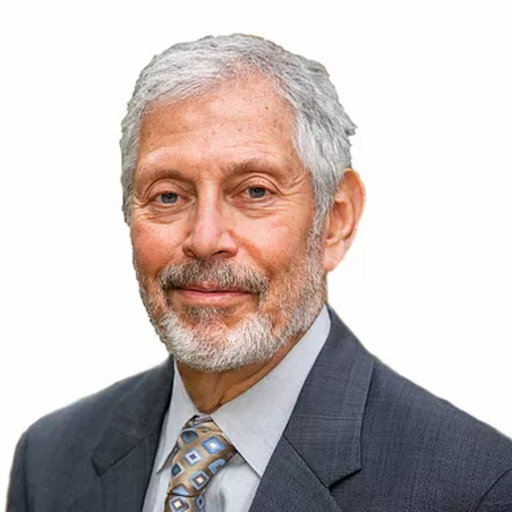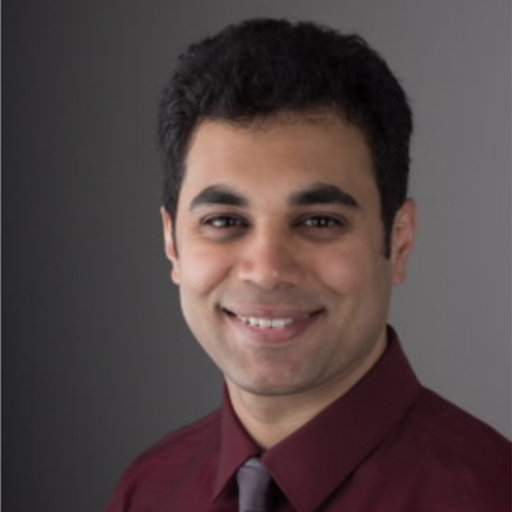
By Gary Klein (ShadowBox LLC, USA) and Sudeep Hegde (Clemson Univeristy, USA)
We presented a webinar on November 12th 2020, focusing on tools of practice in the Resilience Engineering and Naturalistic Decision Making (NDM) communities. The online webinar was attended by about 130 participants from across both communities, moderated by Ivonne Herrera.
 |  |
This webinar was part of an ongoing series of webinars by the Resilience Engineering Association (REA), for the lead-up to the REA/NDM joint conference in June 2021. During the planning for this conference, Klein and Hegde realized that the two communities could coordinate and interact more effectively if the members of each community knew more about the methods used by the other community. We all had a reasonable appreciation of what the communities were trying to accomplish and the conceptual frameworks and models developed by each community, but we didn’t have a ready means to survey the kinds of methods that each community had developed and was using.
So we set out to remedy this situation and discovered that neither community actually had any reference material surveying its own methods. Therefore, the first order of business was for Klein to reach out to the NDM community to identify its primary methods, and for Hegde to do the same with the RE community.
Once we had these materials in hand, we decided to create a joint handout listing the methods of each community, providing a short description of each method and a key reference. This handout was made available to all registrants.
The handout is now freely available at: https://zenodo.org/record/4248113#.X7c9d2hKhPY
With this groundwork completed, we planned the one-hour webinar itself. We each planned to speak for 20 minutes, leaving 20 minutes for questions. However, the presentation part shifted back and forth between the two speakers because we had choreographed it as a dialog rather than separate talks.
We started by describing conceptual contrasts: differences in the conceptual framework of each community. The central themes of NDM and RE are expertise and resilience, respectively. We also noted that organizations usually don’t notice, protect, or develop either capability, expertise or resilience, even though there is a need to do so.
Then we turned to the primary topic of the webinar: the tools. There wasn’t nearly enough time to discuss all or even most of the tools developed by either community (see the handout) so we just highlighted a few of the more important and common tools.
The NDM tools that were highlighted included: Cognitive Task Analysis (including the Critical Decision Method), ShadowBox, Concept Maps, and the Pre-mortem.
The RE tools that were highlighted included: Functional Resonance Analysis Method (FRAM), Resilience Engineering Tool to Improve Patient Safety (RETIPS), and Resilient Capabilities Mapping Framework (RCMF).
Next, we identified some tools we hope to develop for the future, particularly in light of the COVID-19 pandemic. For NDM, we need tools for rapid Cognitive Task Analysis, and also ways to link some of the tools that operate at different levels of abstraction.
For the RE community, there is a need to expand the capability of existing tools to be implemented at scale. For e.g., learning continually at multiple levels – individual to organizational and beyond. There is also a need to be able to learn about adaptive capacity as it is being built.
We concluded our presentation by offering some ideas for synthesis. These were suggestions for complementing key capabilities of tools between the two communities, e.g. the relationship between growth of expertise and adaptive capacity.
The session concluded with a 20 minute Q&A period. However, the Q&A continued for an additional half-hour and even then was terminated before all questions were addressed, indicating the enthusiasm for dialog between the two communities.
